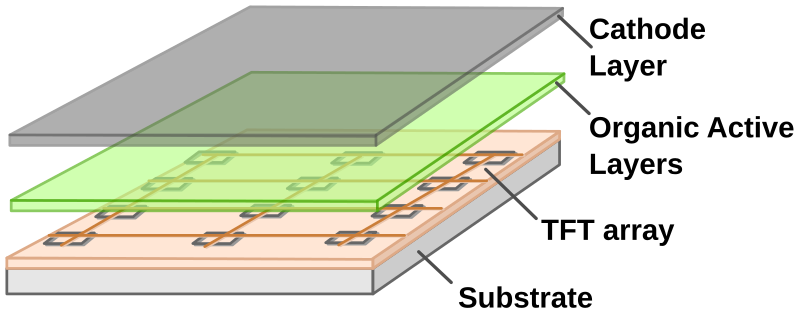Big Tech's Pursuit of an Innovative AI Device: An In-Depth Analysis

In a rapidly evolving technological landscape, major players in the tech industry are embarking on a quest to create the ideal device for utilizing generative artificial intelligence (AI). This initiative has gained momentum as companies like OpenAI collaborate with renowned designers and researchers to envision new hardware capable of seamlessly integrating AI into daily life. This article explores the implications, challenges, and future prospects of this pursuit.
Historically, the integration of AI into consumer technology has been gradual. The advent of smartphones and digital assistants such as Siri and Alexa marked significant milestones. However, as noted by Jony Ive, former Chief Design Officer at Apple, the existing devices designed for AI interaction are outdated. In his words, "The products that we're using to deliver and connect us to unimaginable technology are decades old" (Ive, 2025). This sentiment reflects a growing awareness that generative AI demands a fresh approach to hardware design.
The collaboration between OpenAI and Jony Ive exemplifies this forward-thinking mindset. OpenAI CEO Sam Altman has hinted at a prototype developed by Ive that he describes as potentially the "coolest piece of technology the world will have ever seen" (Altman, 2025). While details remain sparse, reports suggest that this device will not resemble traditional gadgets, nor will it feature a screen or be worn like conventional wearable technology. Instead, the focus is on creating an intuitive interface that allows users to engage with AI as naturally as conversing with a friend.
Current trends indicate a significant shift in how consumers interact with technology. According to Dr. Kyle Li, a professor at The New School and expert in human-computer interaction, there is substantial potential for a new device tailored specifically to the needs of AI users. Li argues that the device's type is less critical than how the AI developers prioritize human-centric design in their software (Li, 2025). This perspective is echoed by Rob Howard, a consultant with Innovating with AI, who emphasizes the importance of making "pro-human" choices in software development (Howard, 2025).
However, the industry is also cautious, recalling the missteps of the AI Pin, launched by startup Humane. This device, which was heavily marketed and priced at $699, failed to gain traction and was withdrawn from the market within a year (Mint, 2025). Analysts like Ben Wood from CCS Insight recognize that the competition among tech giants is intensifying as they invest heavily in AI-infused hardware, with companies like Google and Amazon also making significant advancements in this arena (Wood, 2025).
Apple's approach to generative AI has been notably conservative. While competitors race to integrate AI capabilities into their devices, Apple's plans to enhance its Siri chatbot with generative AI have faced delays. Olivier Blanchard, a director at Futurum Research, critiques Apple's hesitance, suggesting that the company should have seized the initiative to innovate in this space sooner (Blanchard, 2025). He envisions a future where AI will function as a central hub, allowing users to interact without reliance on internet connectivity, highlighting concerns over security, cost, and environmental impact.
As the quest for the ultimate AI interface continues, experts predict a competitive landscape where the demand for new hardware capable of facilitating AI interaction will grow. Julien Codorniou, a partner at 20VC and former Facebook executive, believes that OpenAI has the resources and talent necessary to succeed in this endeavor, despite the challenges that lie ahead (Codorniou, 2025).
In conclusion, the pursuit of an ideal AI device reflects broader trends in technology and human interaction. As companies strive to create seamless, intuitive interfaces, the implications for consumer behavior, market dynamics, and technological advancement are profound. The outcome of this quest may redefine how society engages with AI, setting the stage for a new era of innovation in personal technology.
**Sources:** 1. Ive, J. (2025). Interview on AI device design. OpenAI. 2. Altman, S. (2025). Statement on prototype development. OpenAI. 3. Li, K. (2025). Insights on AI integration and user interaction. The New School. 4. Howard, R. (2025). Commentary on AI software development. Innovating with AI. 5. Wood, B. (2025). Analysis of AI hardware market trends. CCS Insight. 6. Blanchard, O. (2025). Critique of Apple’s generative AI strategy. Futurum Research. 7. Codorniou, J. (2025). Predictions for AI hardware innovation. 20VC.
Advertisement
Tags
Advertisement





